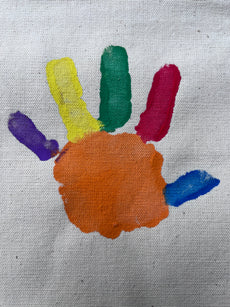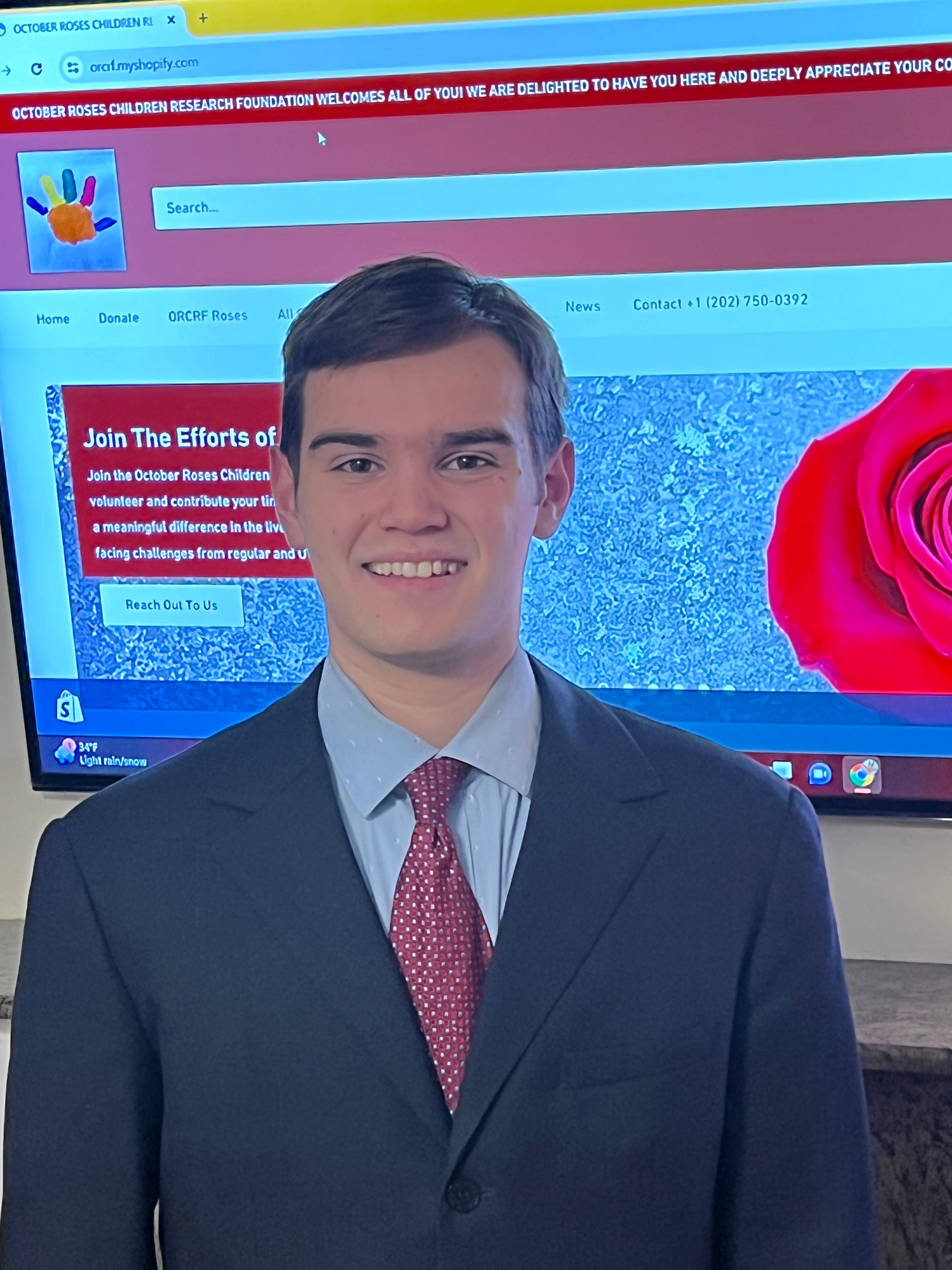The Hidden Dangers of Our Love for the Beach
The allure of the beach is undeniable, and in the United States, this allure translates into staggering numbers: approximately 180 million people visit the beach around 11 times each year, totaling about 2 billion beach visits annually. The beach holds a special place in the hearts of many, but what draws people to it so irresistibly? It’s not just the sand, the water, or the refreshing breeze – it’s primarily the sun. Basking in the sun's warmth is a beloved activity; it lifts our spirits, helps in achieving an attractive tan, and provides a gentle, comforting warmth.
A Story of Unseen Risk
However, the sun's gentle rays are not always as harmless as they seem. Consider the story of Mary and Steve, parents of a six-month-old child. They decided to spend a sunny day at the park, reveling in the pleasant spring weather and the warmth of the sun. The next morning, they faced a parent's worst nightmare: their child had developed second-degree burns and, tragically, was rendered completely blind due to the sun’s rays. This incident highlights a crucial, often overlooked aspect of sun exposure – its potential dangers, especially to the most vulnerable.
The Growing Concern of UV Exposure
These dangers are becoming more pronounced with the weakening of the ozone layer. This depletion allows more ultraviolet (UV) radiation to reach the Earth, amplifying the sun’s impact on our skin and overall health. There are three types of UV rays - UVA, UVB, and UVC. While UVC rays are absorbed by the atmosphere and do not reach us, UVA and UVB rays do, and their effects are intensifying not because of an increasingly intense sun, but due to changes in our atmosphere, particularly the thinning of the ozone layer.
The Rising Incidence of Skin Cancer
The consequences of increased UV exposure are severe, with a primary concern being the heightened risk of skin cancer. The Illinois Department of Public Health reports that 90% of skin cancers are attributed to direct sun exposure. Echoing this, the Skin Cancer Foundation reveals that skin cancer is now the most common form of cancer in the United States. Moreover, skin cancer claims at least two lives every hour in the country, making it a significant cause of cancer-related deaths. But the risks don’t end there; prolonged exposure can also lead to other serious issues like vision impairment in children, weakened immune systems, accelerated skin aging, and in extreme cases, blindness.
Safeguarding Ourselves and Our Loved Ones
Despite these risks, it’s important to acknowledge that sun exposure does offer benefits, such as natural Vitamin D synthesis and the cosmetic appeal of a suntan. However, these benefits must be carefully weighed against the potential dangers. The need for consistent and effective sun protection cannot be overstated. To protect ourselves and our loved ones, especially infants and young children who are highly susceptible to UV damage, proactive measures are essential. These include regular application of sunscreen, wearing protective clothing, and seeking shade, particularly during the sun's peak intensity hours.
Community Initiatives and Personal Responsibility
Public spaces often lack adequate shaded areas, which is where initiatives like the Shade Skyway Program by the October Roses Children Research Foundation become crucial. This program collaborates with experts to create innovative shade solutions in public areas, utilizing both man-made structures and natural elements like canopy trees. These trees are particularly effective in creating extensive shaded environments, casting broad blankets of shade over large areas. Engaging in and supporting such initiatives is a vital step in enhancing outdoor safety and promoting community health.
In conclusion, our love for the sun and the beach must be balanced with awareness and protective measures. By understanding the potential harms and taking collective action to mitigate them, we can continue to enjoy the outdoors while ensuring the safety and health of ourselves and our communities.

